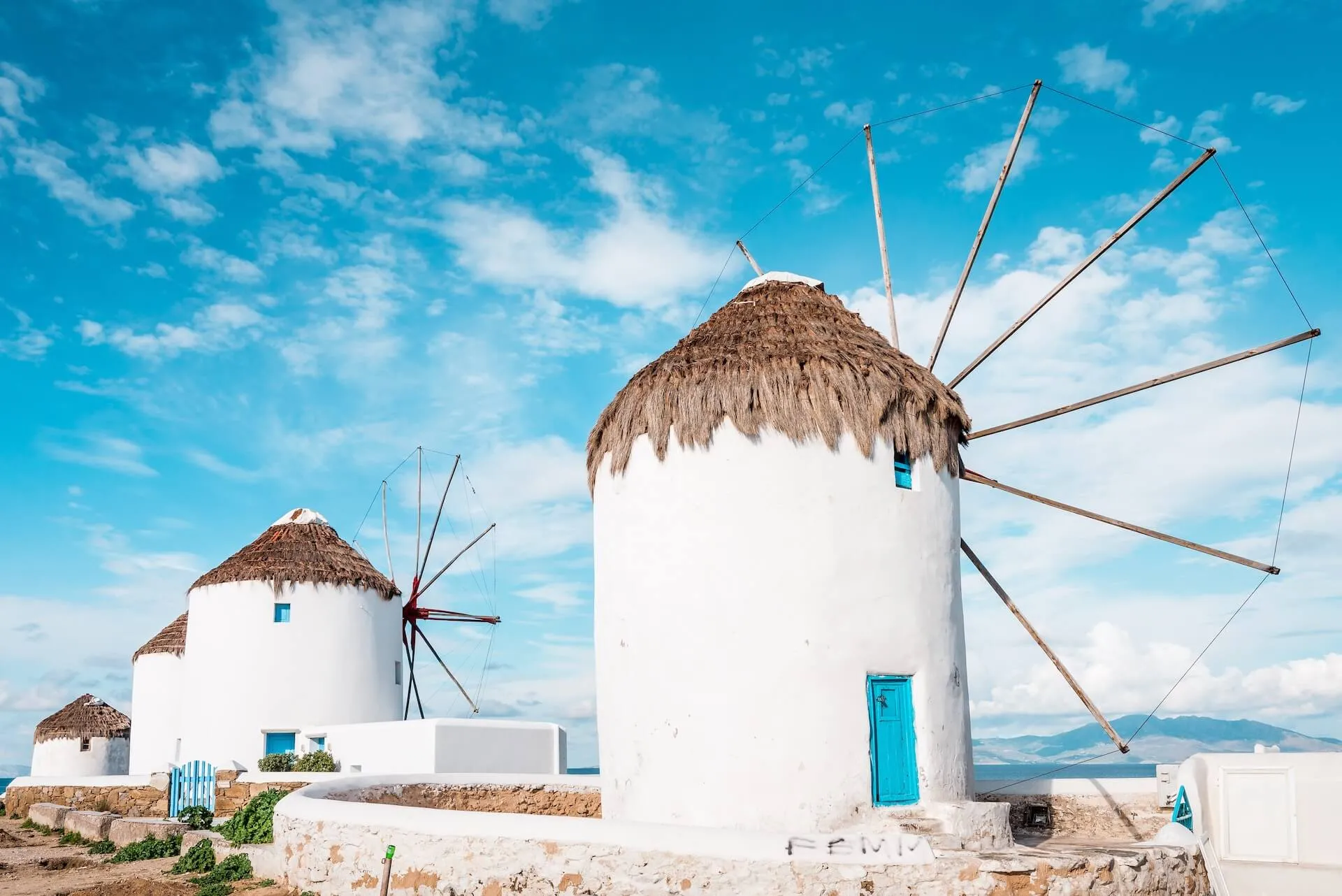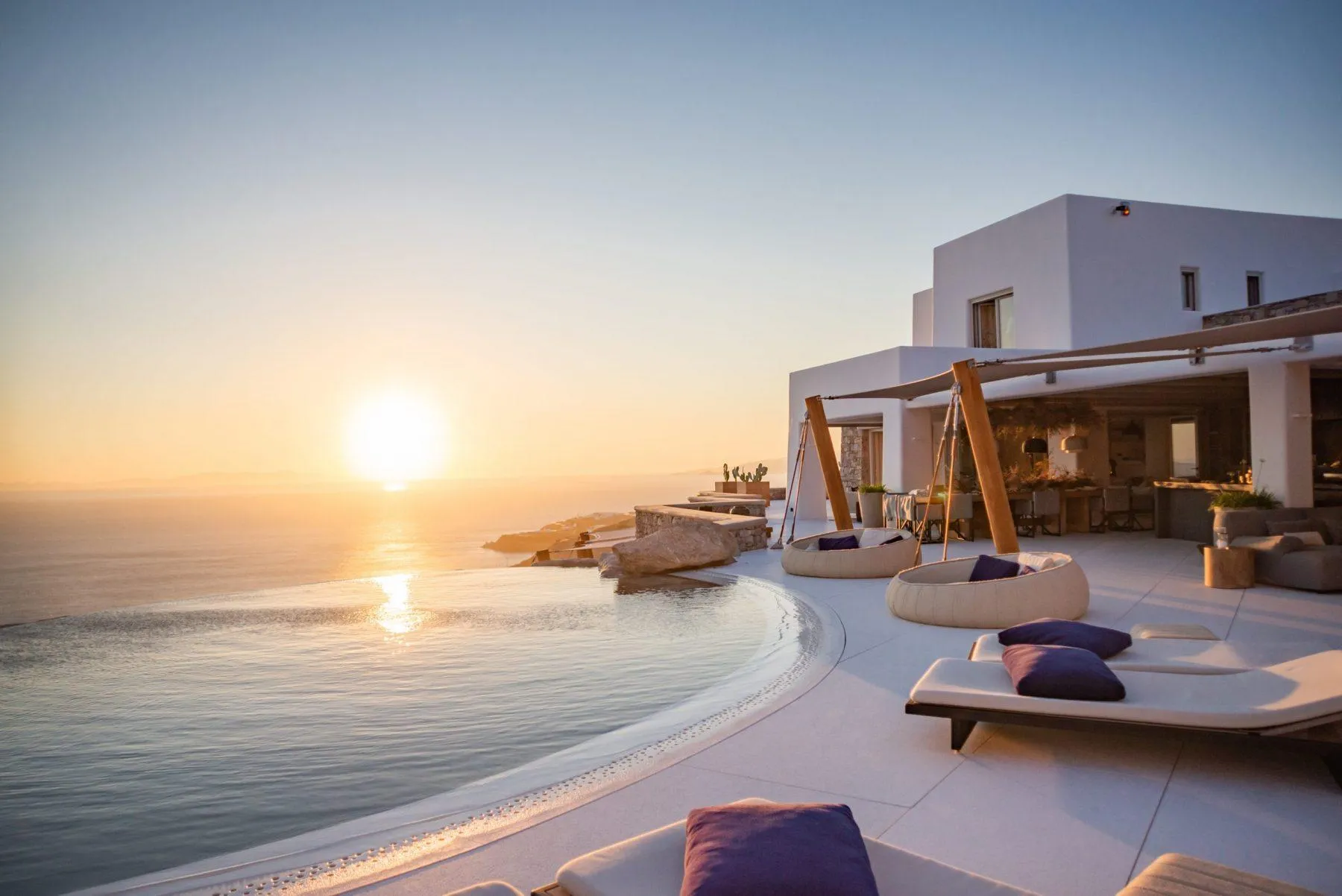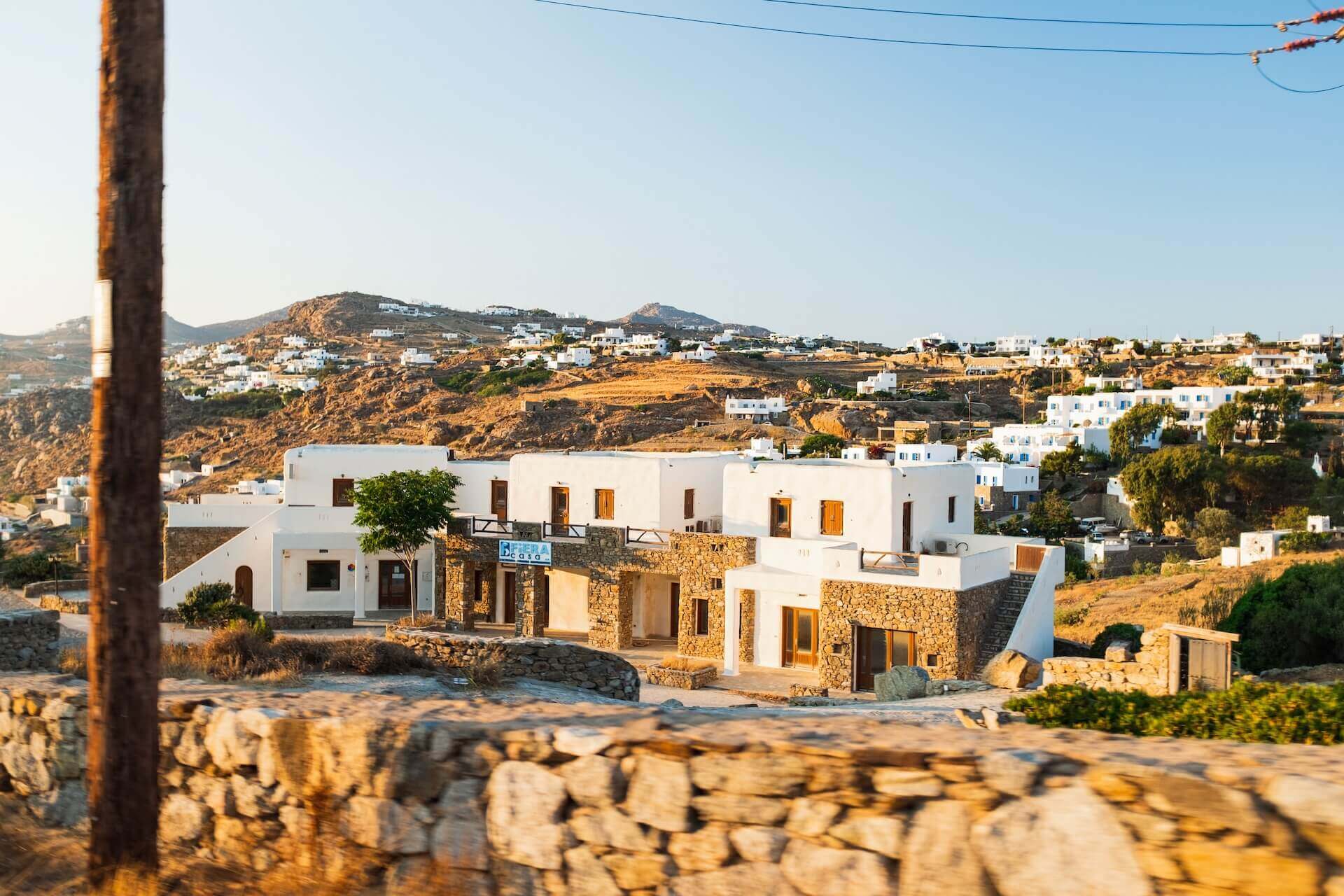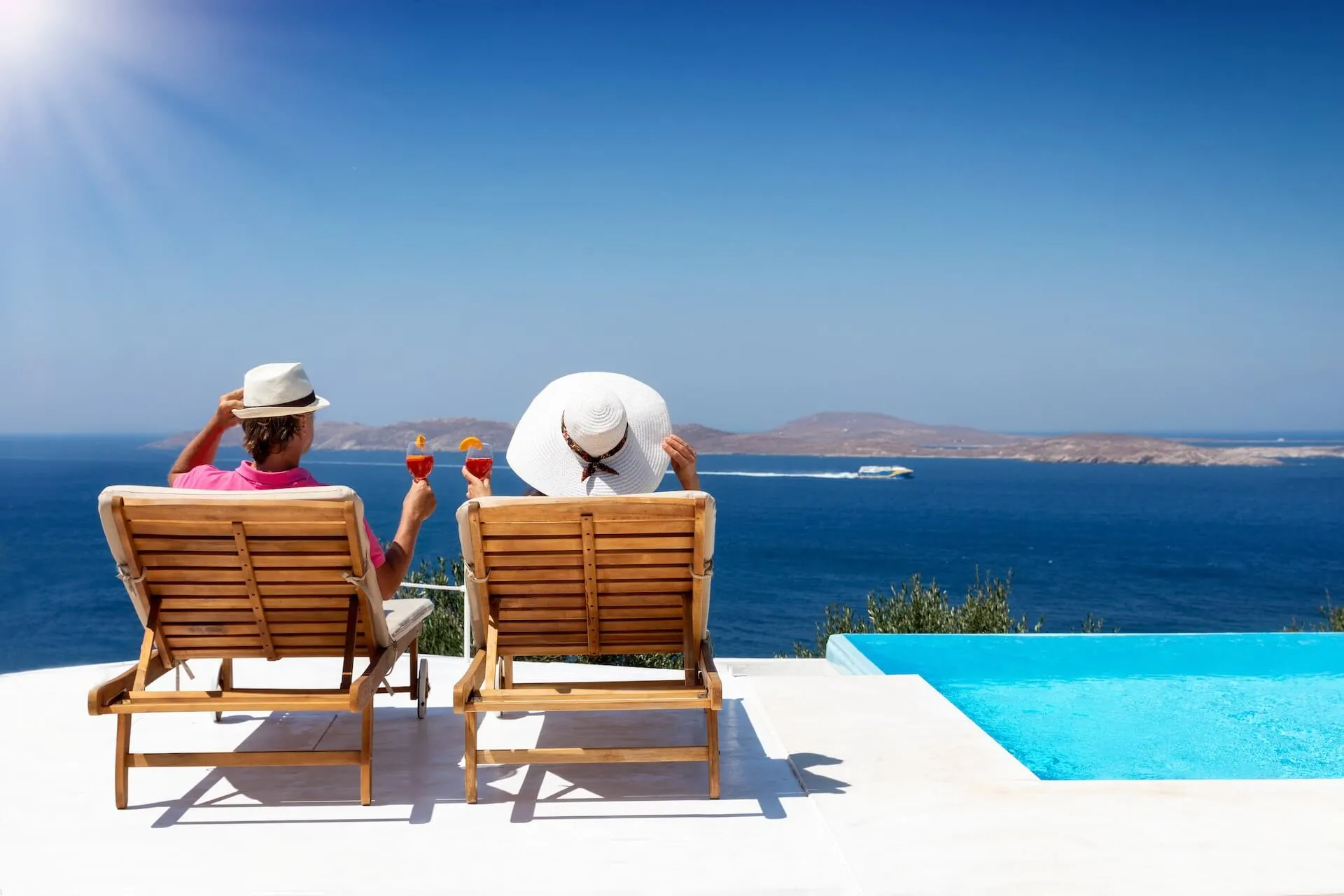Visiting The Island of the Winds is a dream come true for many travel enthusiasts. If you have a chance to check out this beautiful place, don’t miss it. You’ll enjoy gorgeous beaches and extravagant parties that represent the Mykonos of today. Still, it wasn’t always like this – Mykonos history is a long one, and it wasn’t until recently that it became a place that relies on tourism as its primary source of income.
Known as one of the top party destinations today, this place used to be a poor one not that long ago. With agriculture as its only trademark (like many other small islands in Greece), Mykonos wasn’t anything special – if you don’t count the gorgeous beaches, of course. So, how has it become what it is in the 21st century? Let’s untangle the long story about one of the most beautiful places in Greece.
Who Built Mykonos – History Behind One of the Most Popular Islands in the World
What is the history of Mykonos, and how did it become inhabited in the first place? Herodotus wrote that Carians from Anatolia were the island’s original settlers, but the archeological findings tell us that there were tribes back in the Neolithic period, 3000 years BC. In the early 11th century BC, Ionians from Athens came here and built their community. Apparently, neighboring Delos was highly populated then, and Mykonos was merely a transit spot and a source of supplies.
Mykonos ancient history was full of prosperity while under Delos – however, the trouble began with the downfall of Delos. In 88 BC, the Syrian king of Pontus, Mithridates VI, conquered and destroyed the island, and in 69 BC, pirates destroyed what was left. After these events, Delos fell into oblivion, and Mykonos once more became a poor place with not much to offer. It would stay like that for the next two millennia, going from one ruler to another, without much development.
How Did Mykonos Get Its Name? The Answer Lies in Mythology
The legends say that the name comes from the island’s first ruler, Mykons. According to Greek mythology, Mykons was the son or the grandson of Apollo, the god of the sun – whose birthplace was Delos. The principal town of Mykonos is often referred to as Chora, which means town in Greek. It’s common on Greek islands to simply call the main town Chora.
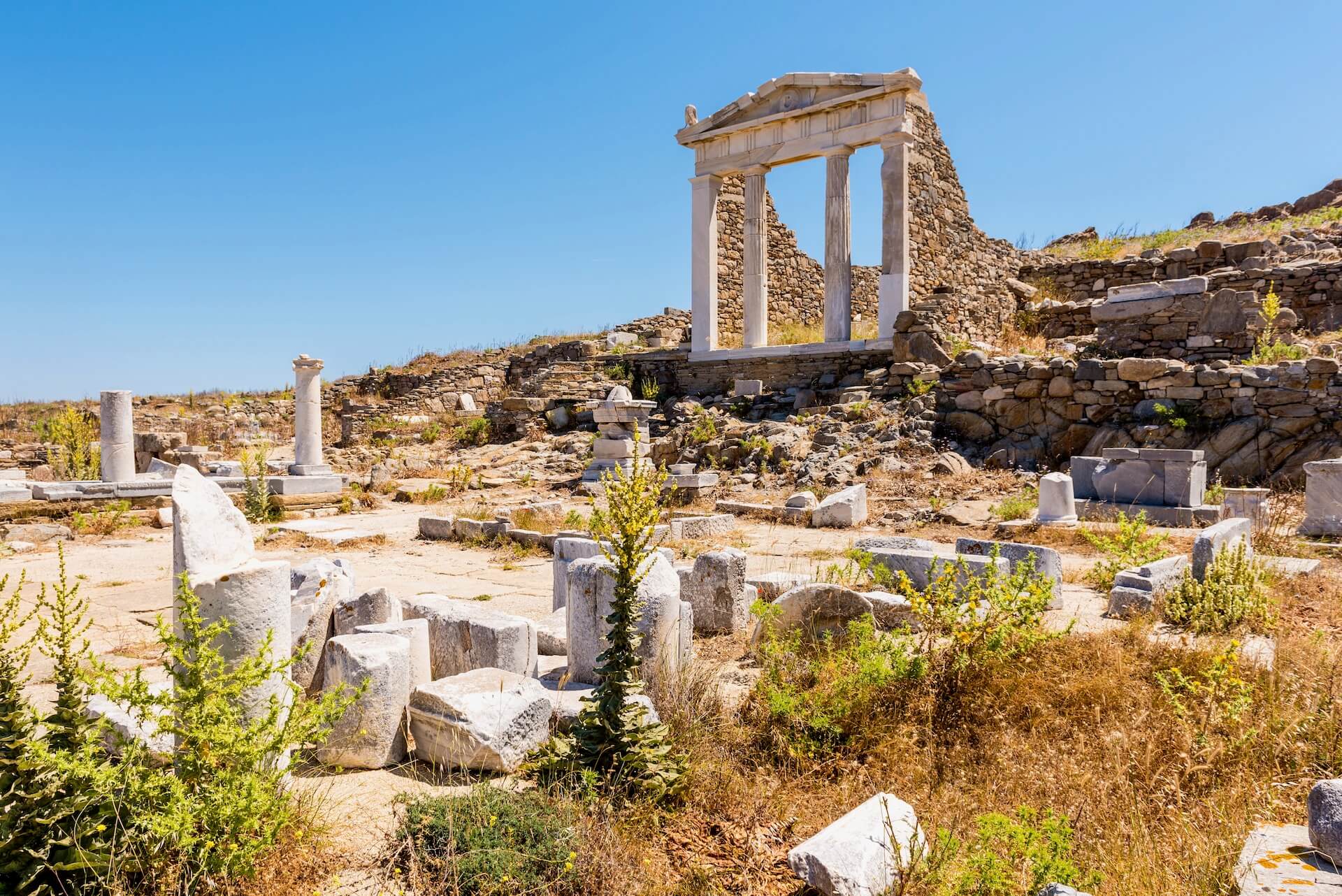
Mykonos blossomed before the downfall of Delos
Between Ancient Time and the 20th Century
During the Roman Empire, Mykonos was ruled by Romans, and after the fall of the West Roman Empire in 476 AD, it became a part of the Byzantine Empire. The Byzantines defended Mykonos against the Arabs and ruled over it until the 12th century – in 1204, the Byzantine Empire fell after the fall of Constantinople, and Andrea Ghisi took control of Mykonos. He was a nobleman from Venice and the First Lord of Tinos and Mykonos. The Catalans destroyed Mykonos at the end of the 13th century, and finally, in 1390, it fell under the direct rule of the Venetians.
In 1537, while still under Venice, Mykonos was attacked by Hayreddin Barbarossa, the admiral of Suleiman the Magnificent, ruler of the Ottoman Empire. With Kapudan Pasha as a leader, Ottomans established themselves on the island in the following years, and eventually, in 1718, the last of the Venetians left.
The Greek Revolution and Manto Mavrogenous
The Greek Revolution broke in 1821, and Mykonos was a part of it, led by their national heroine, Manto Mavrogenous. She was an aristocrat with an excellent education who sacrificed her family’s fortune for the cause. Today, you can see her statue in Manto Mavrogenous Square in Chora.
After the liberation of Greece in 1830, Mykonos had economic growth, but not for long. After the opening of the Corinth Canal and the First World War, there was another decline, and many people went to Athens and the mainland in search of jobs.
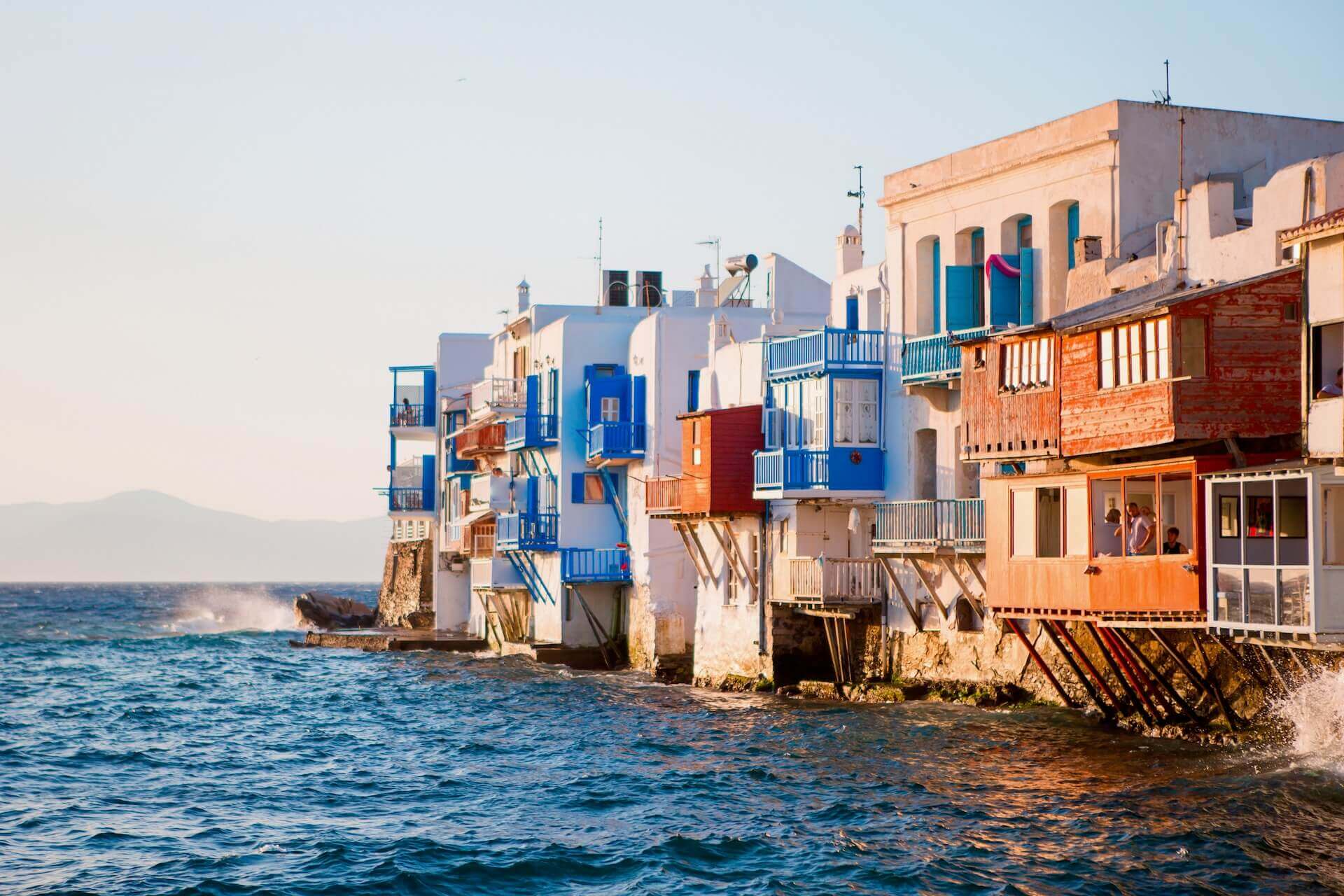
Traces of many cultures can be seen on Mykonos – for example, in Little Venice
How Did Mykonos Become Famous – What Happened to Mykonos and Its Culture in the 20th Century?
Seeing as how the French School of Archeology was digging on the site of Delos from 1873, it wasn’t surprising that they’d found something interesting in the 30s – the significant archeological finding on Delos made it a popular destination for artists, archeologists, and other people of culture. The excitement surrounding these discoveries also brought tourism to Mykonos, and that’s when tourism began developing.
The Contemporary History of the Island and Origins of the Party Culture
After the Second World War, the time for prosperity and development came – people from all over the planet started coming to Mykonos. In the 60s, it quickly became one of the best travel destinations for jet setters, Hollywood stars, and the wealthy.
In the 80s, Mykonos became a popular destination for an LGBTQ+ community, with many gay bars opening around the place. Finally, by the beginning of a new millennium, Mykonos was one of the most expensive and luxurious places for a vacation.

Nowadays, Mykonos is a well-known, expensive party destination
Are You Planning to Travel to This Island in Greece Soon? You Should Consider Our Luxury Mykonos Villas for Your Accommodation
Coming to this place will be one of the best decisions you’ll ever make. Enjoying sandy beaches and amazing all-day parties will allow you to experience a bit of Mykonos lifestyle – hedonism and luxury all wrapped in one. When you add glamorous accommodation to the mix, you have nothing short of a perfect vacation – that’s what we can help you with. Reach out to The Ace Vip for the most extraordinary private villas in Mykonos.
Our team can also help you find a suitable car rental that will make it effortless for you to get around the coast and check out all the gorgeous beaches. In addition to that, we can suggest yacht rental as well – why not see Mykonos from another angle? Contact us, and book everything you need for your upcoming trip.

